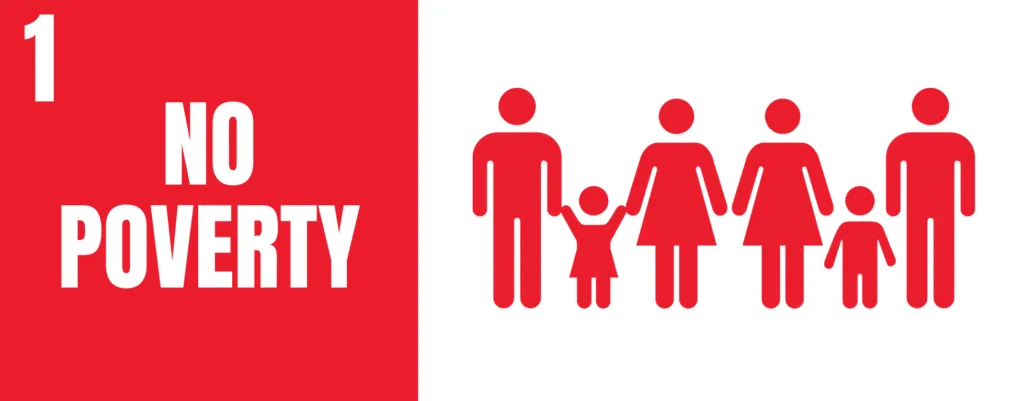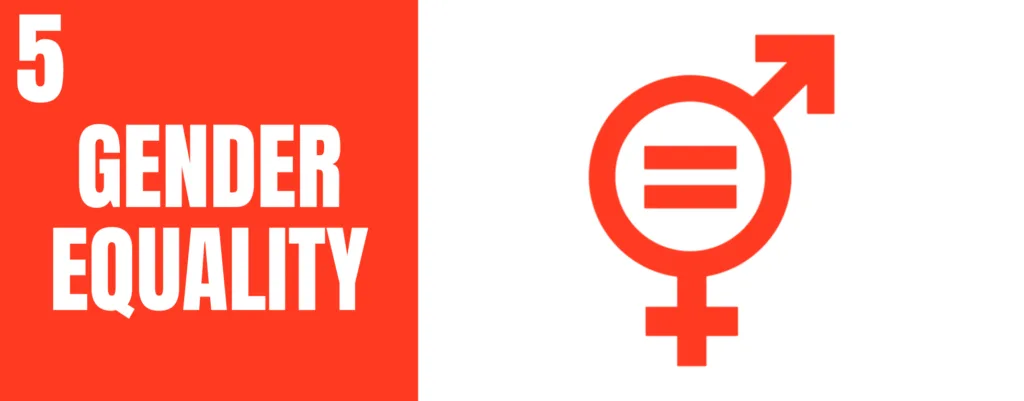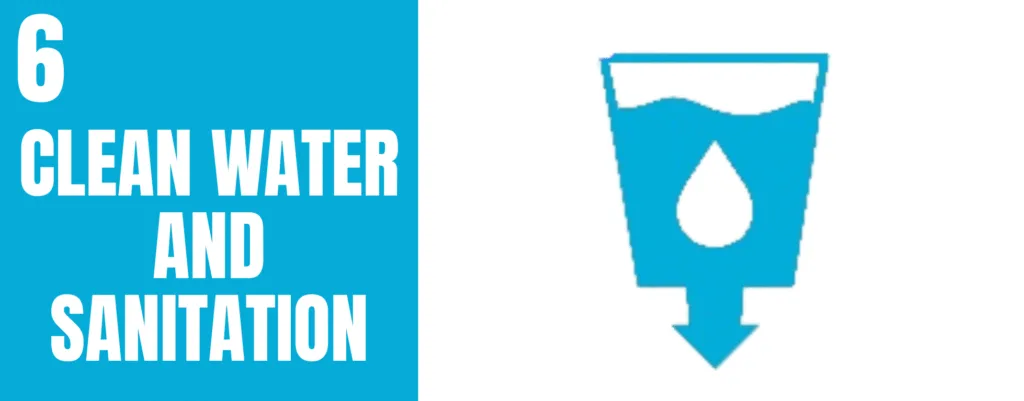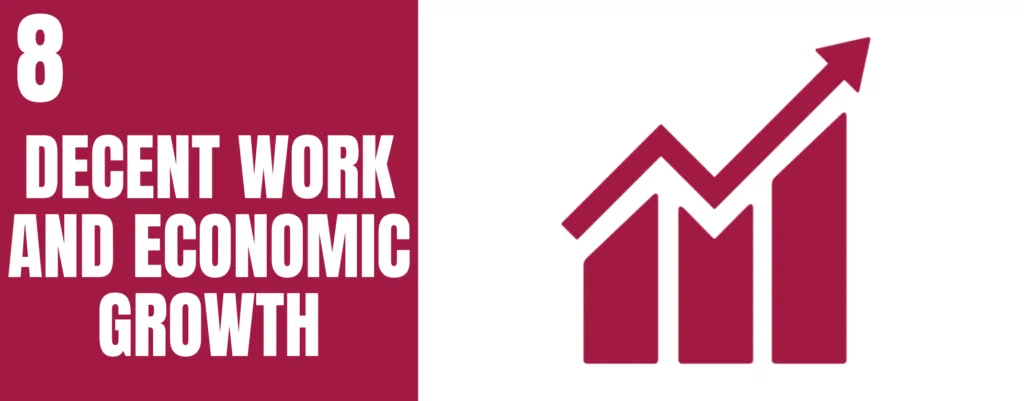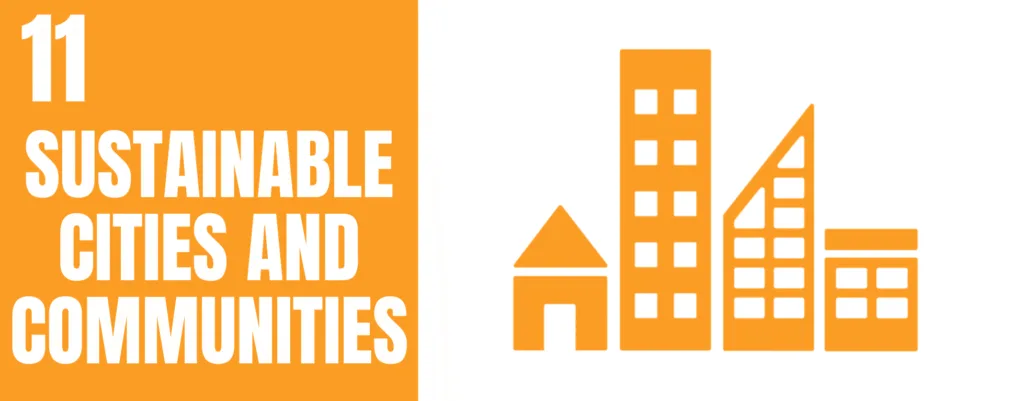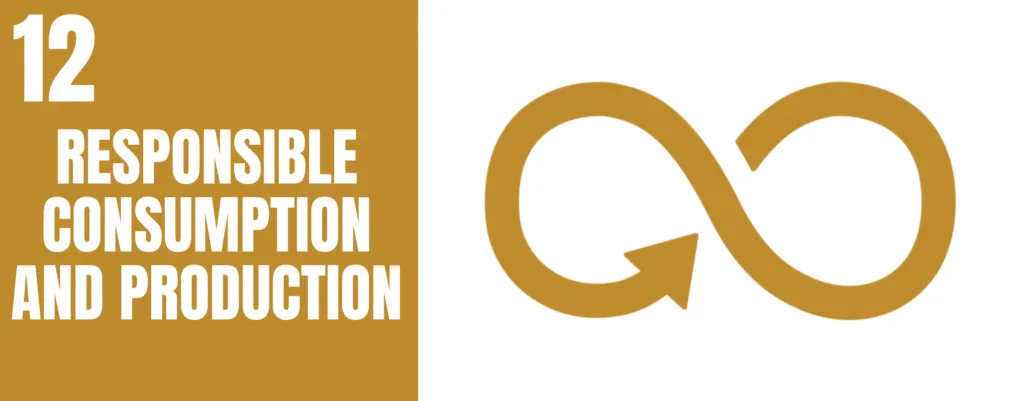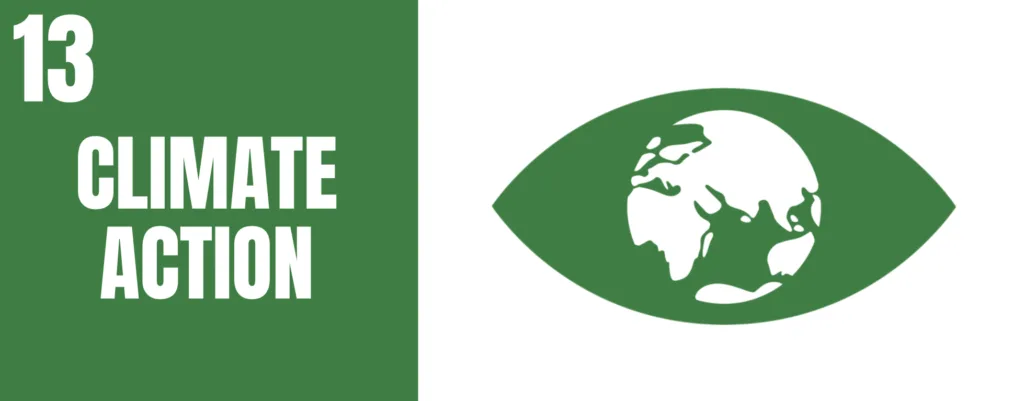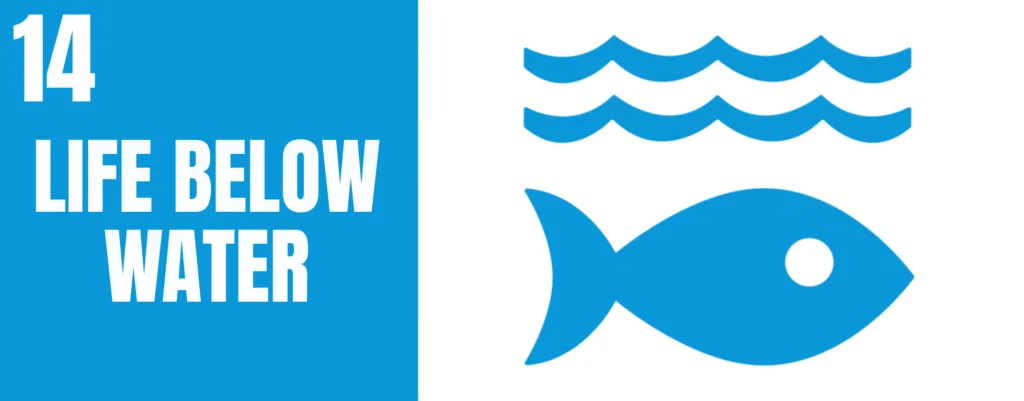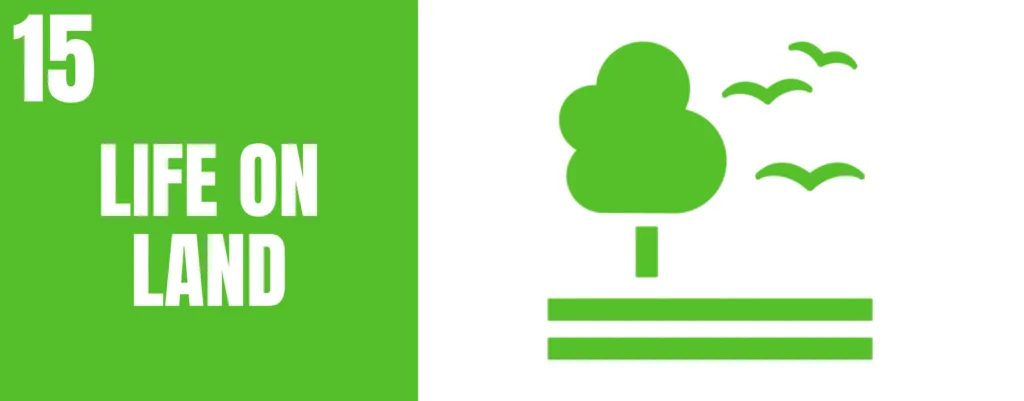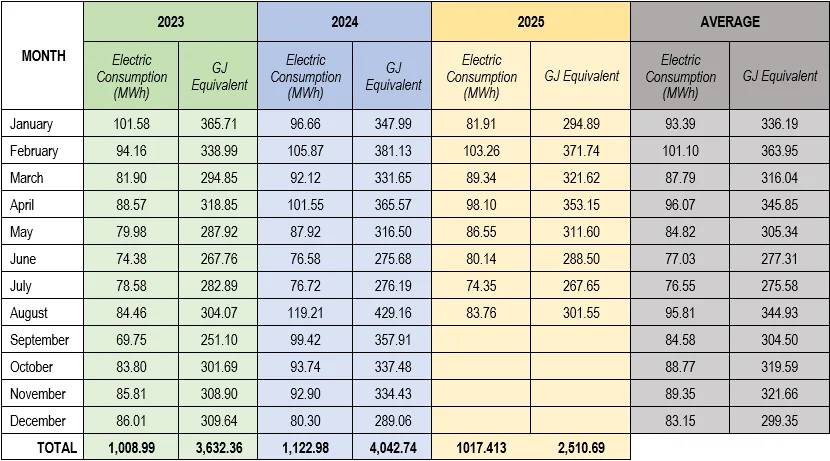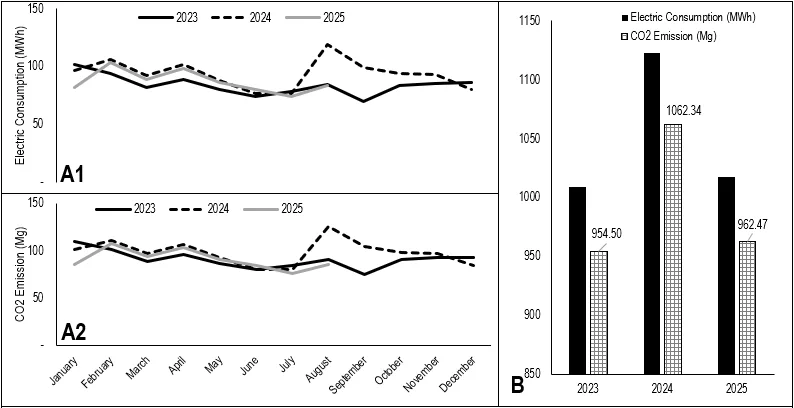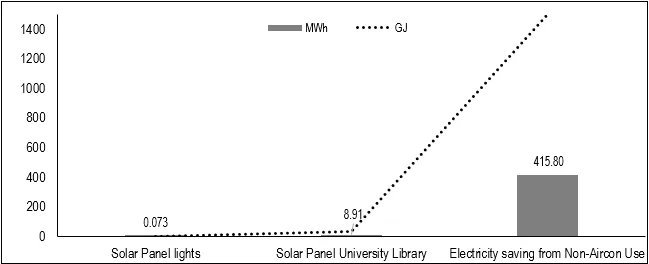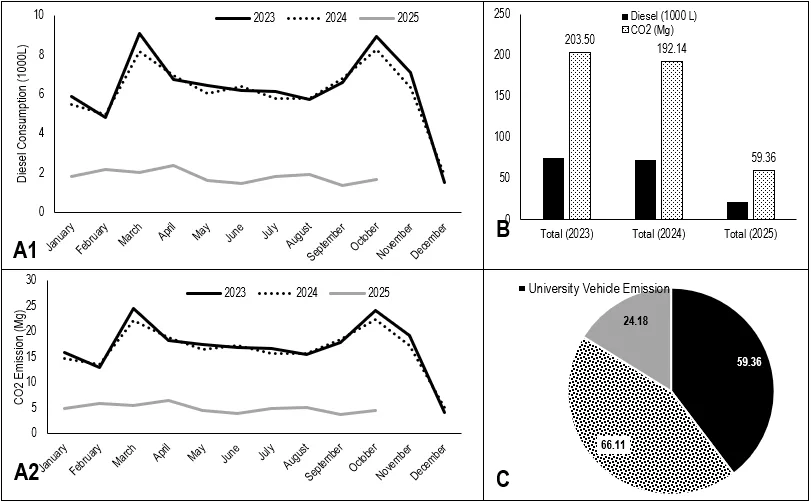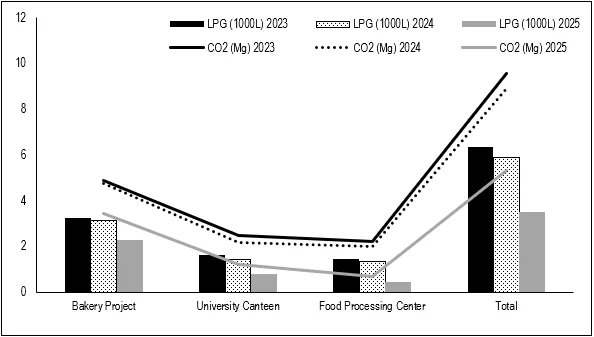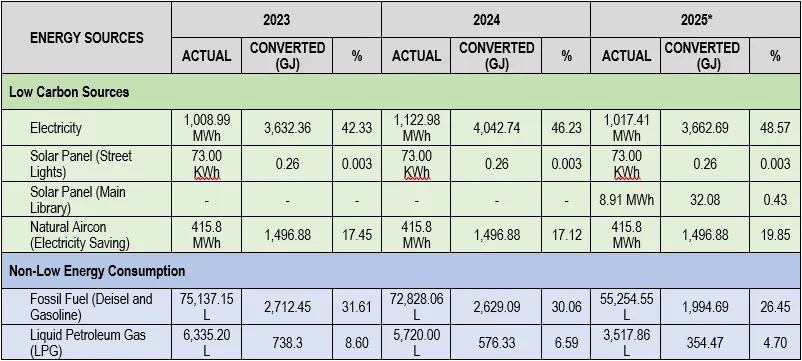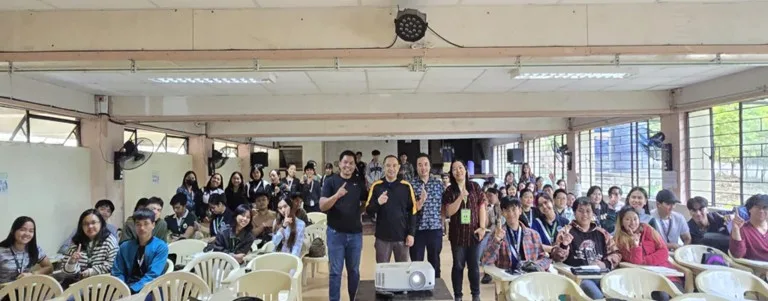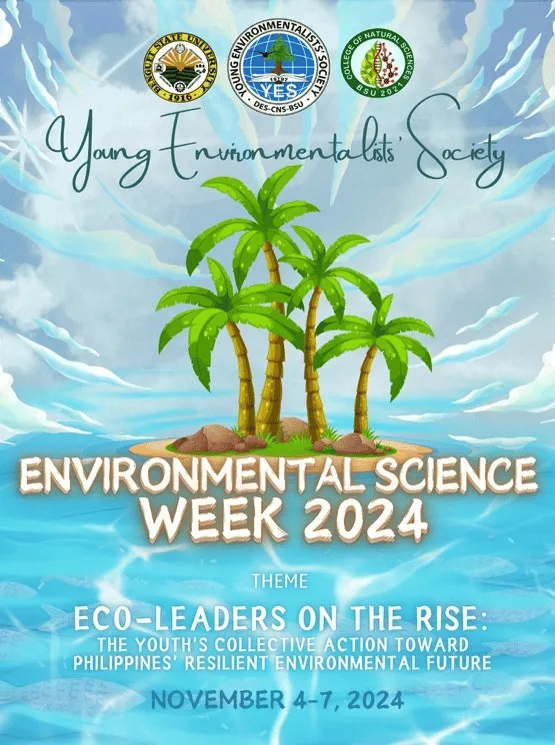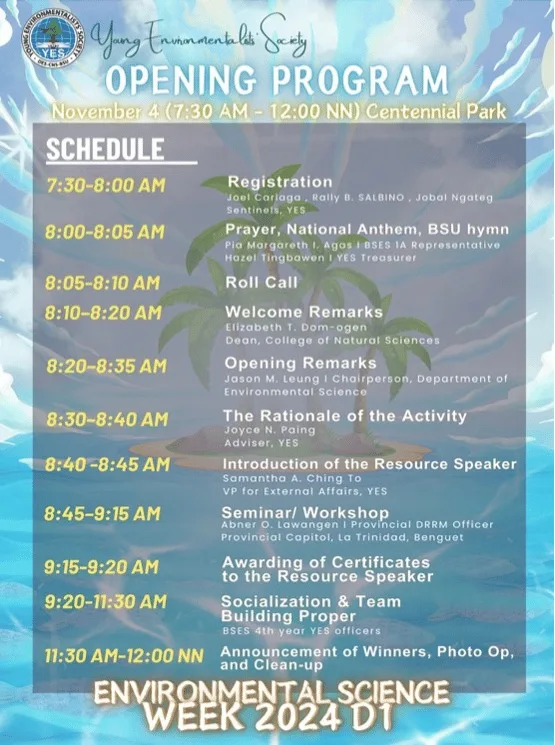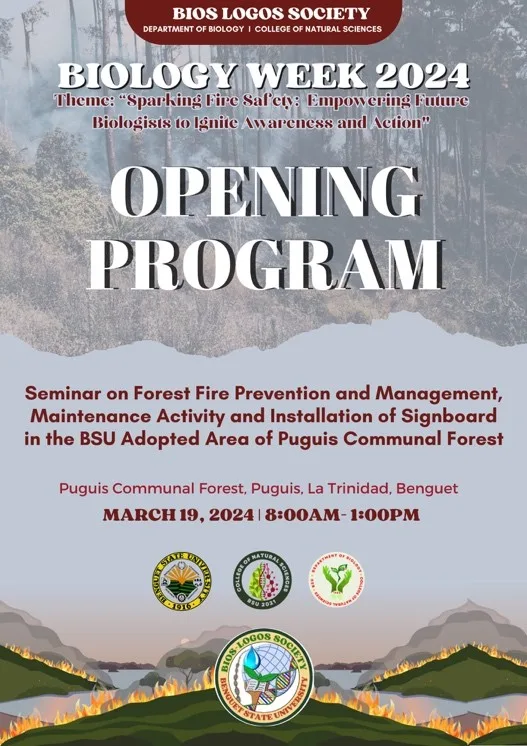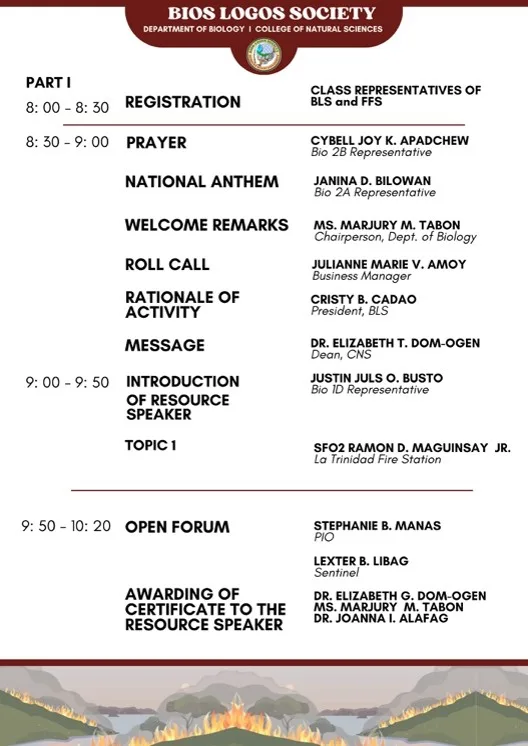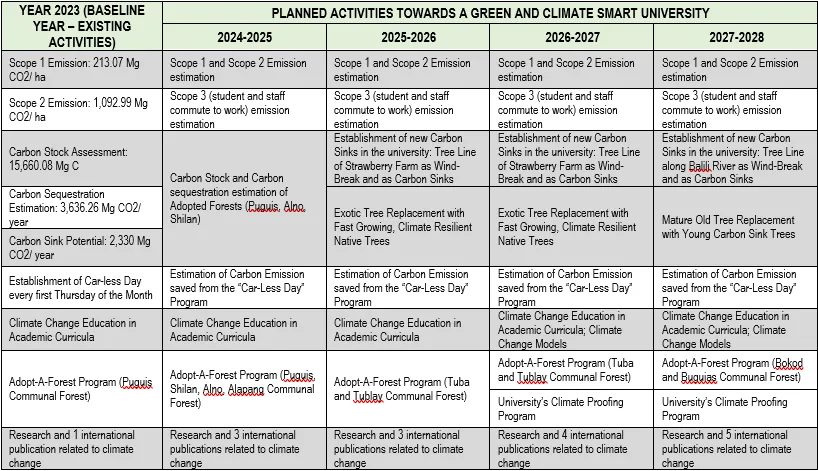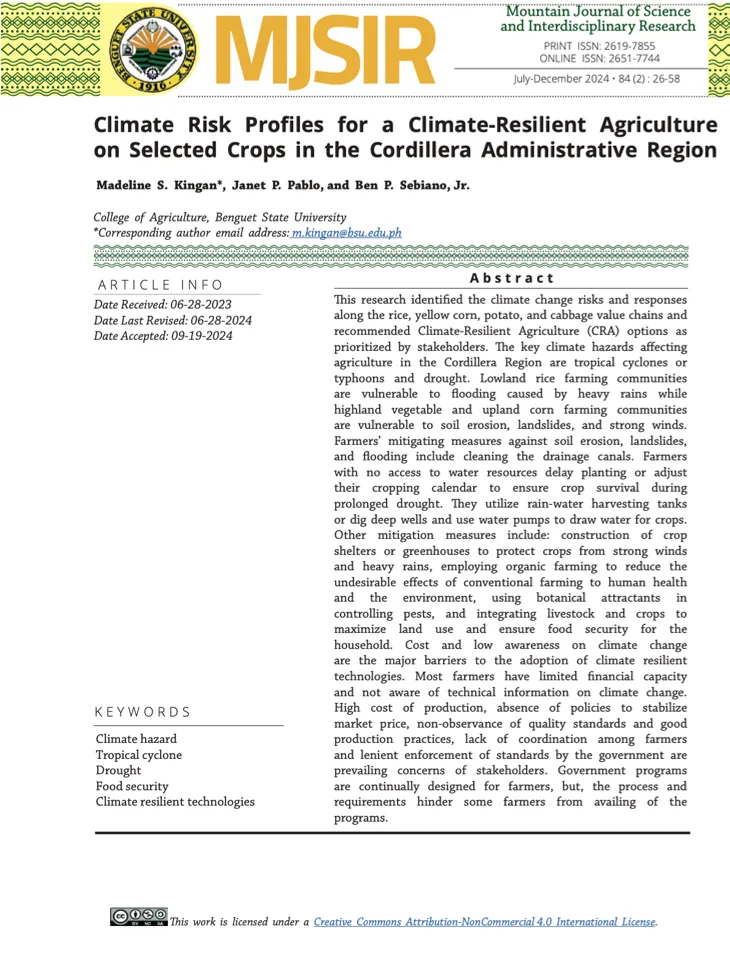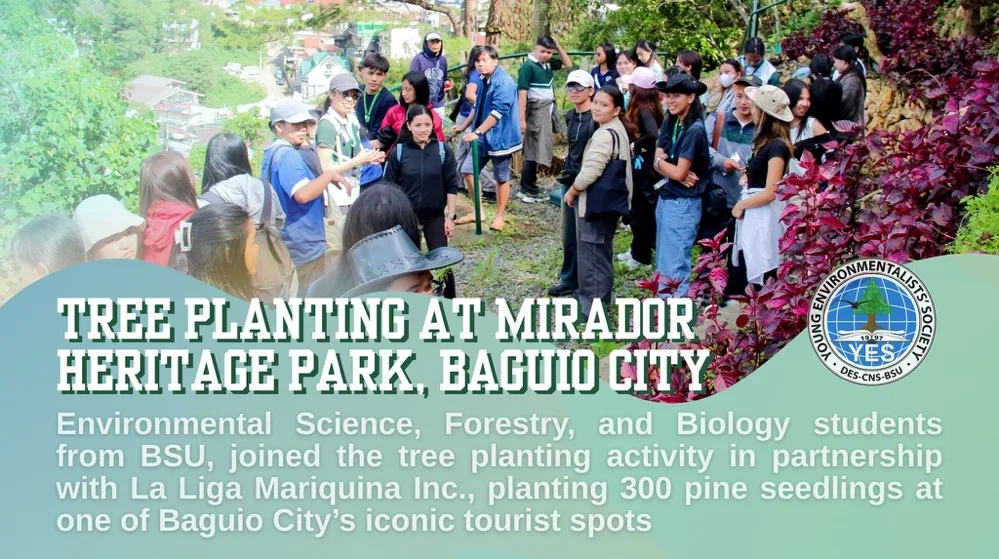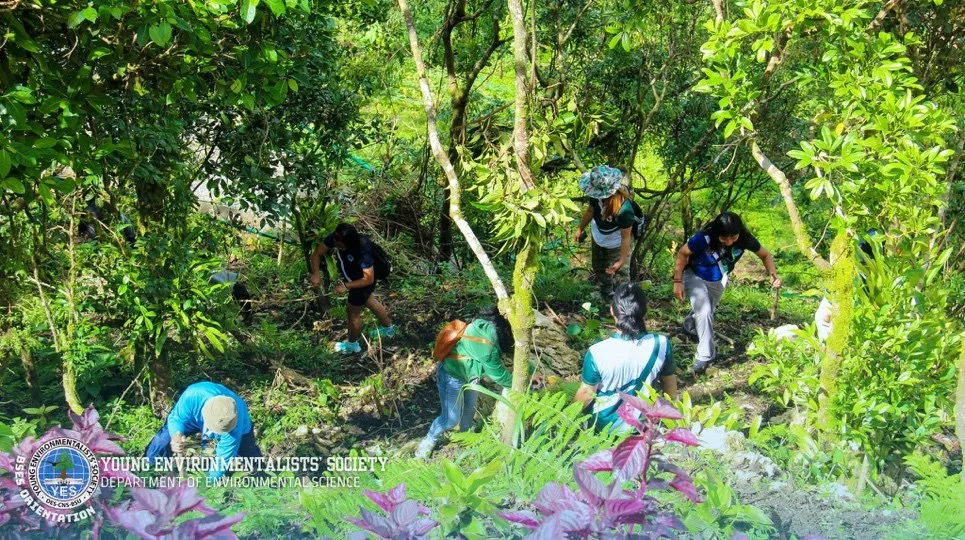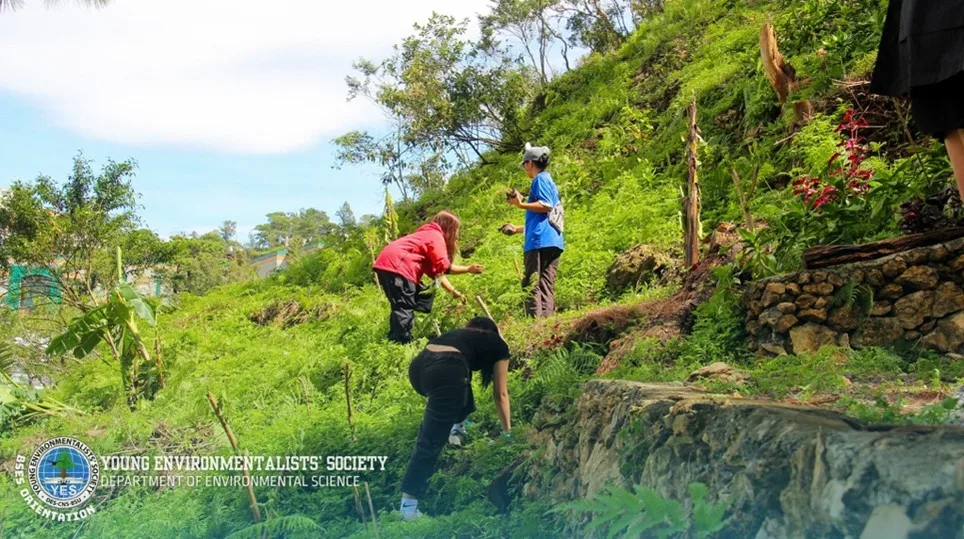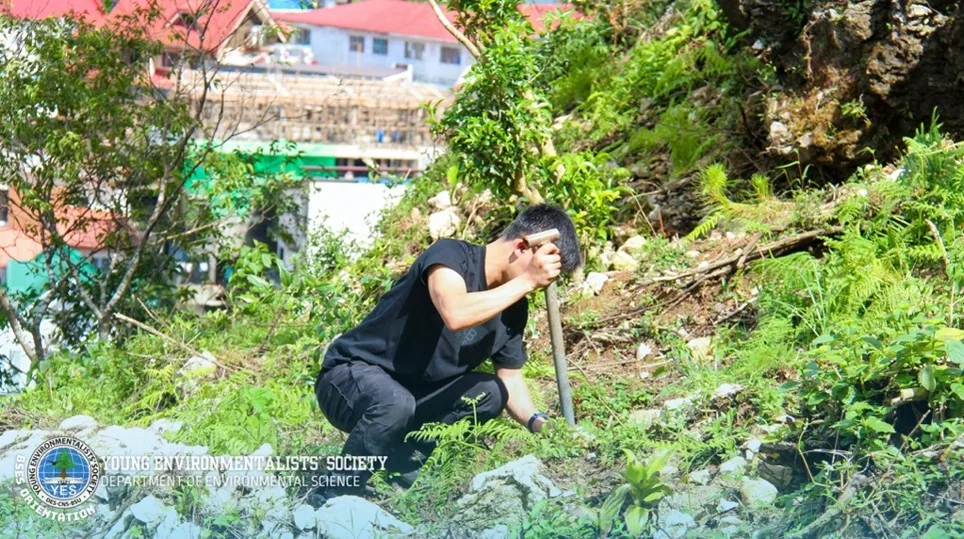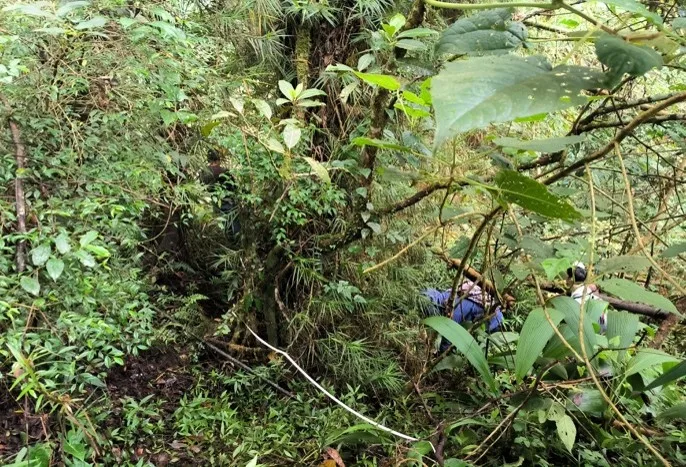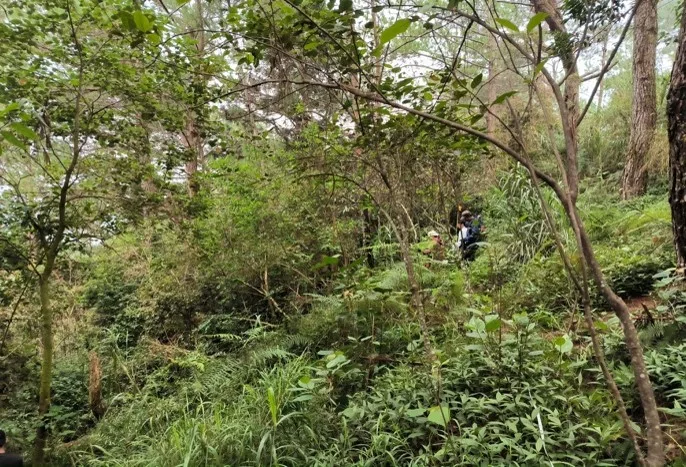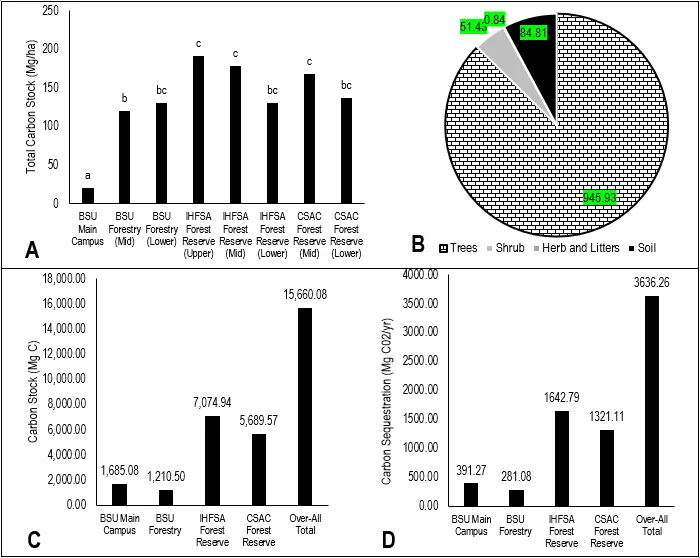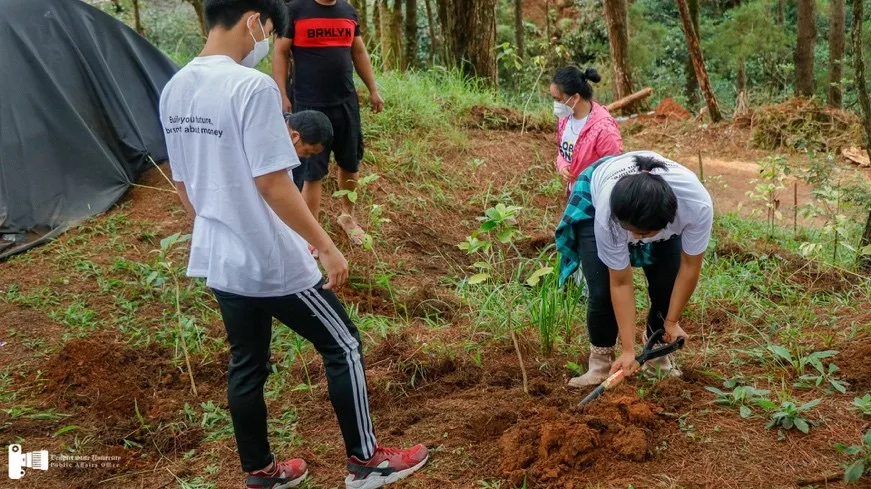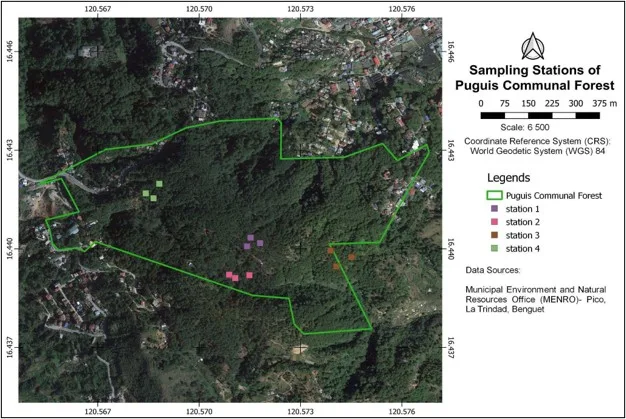SDG 13: CLIMATE ACTION
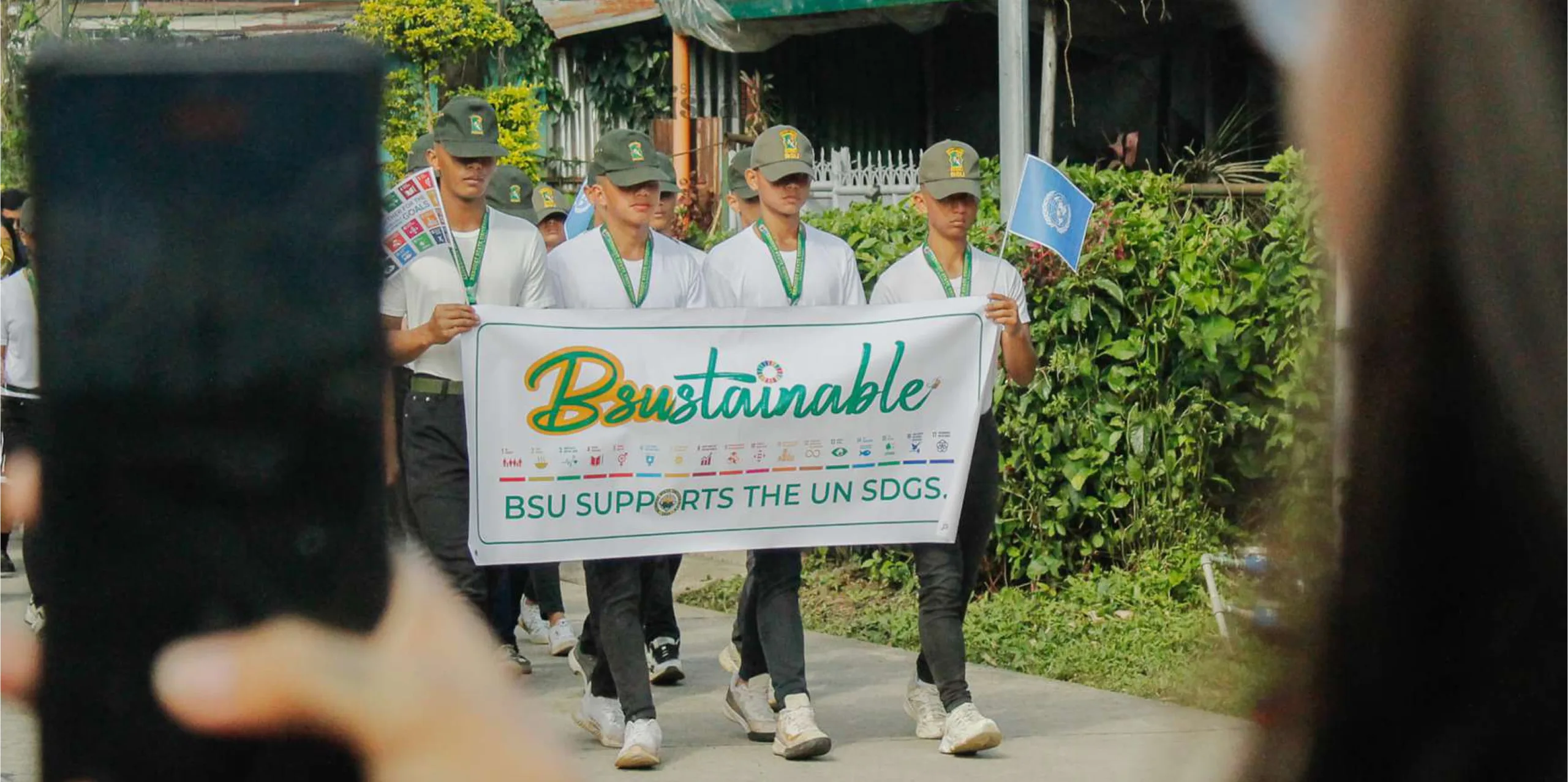
Benguet State University (BSU) continues to advance its climate action agenda through consistent tracking of low-carbon energy use, environmental education, and collaborative initiatives that support local communities and government units. Guided by the United Nations Sustainable Development Goal 13 (Climate Action), the university integrates research, policy, and practice to mitigate climate impacts and promote sustainability across all operations.
Low-Carbon Energy Use
Low-Carbon Energy Tracking
Academic institutions and colleges are important educators for climate actions and sustainable environmental management but their operations themselves generate CO2 emission that needs proper accounting and reporting. With this, Benguet State University (BSU) tracked the amount of low carbon energy used across its operation from 2023 to 2025.
The university used 1,008.99 MWh or 3,632.36 GJ of electrical energy in 2023 and 1,123 MWh or 4,043 GJ in 2024 while projected to be 1,017 MWh or 3,663 GJ in 2025. The monthly electric consumption varies at 70 – 119 MWh (Figure 1A and Table 1) with generally greater values in January to February then gradually decreases in the succeeding months except in 2024 where the electric consumption spike in August-September. The total electric consumption of the university was equivalent to 954.50 Mg CO2 emission in 2023 that increased to 1062.34 in 2024 but is now projected to decreased to 962.47 this 2025 (Figure 1B). The huge increase in 2024 could be attributed to the increased student intake who had to consume more electricity for their classes, research and extension activities while the projected decrease this year is attributed to the initiatives to save resources and minimize wastage.
Table 1. The Monthly Electric Consumption of Benguet State University (2023-2025):
Another low carbon energy being used in the university are the solar-powered outdoor lights installed along the campus road and the solar panel in the University Library (Figure 2). The annual total energy generation from the solar lights is estimated at 73 KWh/yr or 0.26 GJ/yr while the 10 solar panel unit in the University Library generates 8.91 MWh or 32.08 GJ/yr. Additionally, the university is located in a highly elevated valley with semi-temperate climate and hence are not using air conditioning units results to saving electricity amounting to 415.8 MWh or 1,496.88 GJ per year.
Other (Non-low) Energy Consumptions
The diesel consumption of the university vehicles is mainly for local travel to fulfill its four-fold function namely instruction, research, extension and production. From 2023-2024, the monthly diesel consumption was 1,520 – 9,084 L with higher values in March, October and November and least during December (Figure 3A). The total diesel consumption of the university for year 2023 is 75,137 L, equivalent to 203.50 Mg CO2, 72,828 L or 192.14 Mg CO2 in 2024 and projected to be much lower in 2025 at 21,918 L or 59.36 14 Mg CO2 (Figure 3B). The sharp decrease this 2025 is due to the aggressive moves to cut unnecessary travels of the university vehicles. Additionally, emission from the vehicles and motorcycles of employees and students were estimated at 24,408 L or 66.11 14 Mg CO2 for vehicles and 8,928 L or 24.18 Mg CO2 for motorcycles. In total, the estimated fuel consumption and emission from the university are 55,254.55 L, equivalent to 149.65 Mg CO2 emission in 2025.
Another energy consumption of the university is the use of liquid petroleum gas (LPG) in the canteen, bakery and food processing centers being maintained by the university. The total LPG used for year 2023 is 6,335 L which is equivalent to 9.57 Mg CO2 emission (Figure 4) while 5,900 L equivalent to 8.91 Mg CO2 emission in 2024. This decreased to 3,518 L in 2025 equivalent to 5.31 Mg CO2 emission.
Amount of Low Carbon Energy Used Across The University
The total energy used by Benguet State University was 8,580.26 GJ in 2023, 8,745.31 GJ in 2024 and 7,541.06 GJ in 205. Out of this, the amount of low carbon energy (electricity, solar panel and energy saved due to non-use of aircon) used was 5,129.51 GJ in 2023, 5,539.88 in 2024 and 5, 159.83 in 2025 contributing to 60%, 63% and 68%, respectively on the total university’s energy use.
Table 2. Amount of low carbon energy used across the university
Environmental Education Measures
Local Education Programmes on Climate
Benguet State University conducted local education programs to promote climate awareness and resilience among students and the community. The College of Natural Sciences and the Young Environmentalists’ Society organized a Youth Leadership Training (Figure 5) to enhance student leadership in environmental management and climate action, with sessions led by representatives from the local government and Municipal Environment and Natural Resources Office (MENRO).
The Department of Chemistry and the Chemistry Society Jr. also conducted training on local climate policies and the La Trinidad Environment Code (Figure 6), emphasizing sustainable practices and environmental governance. These programs educated students on climate change risks, mitigation, adaptation, and early warning, fostering awareness and proactive engagement in local environmental initiatives. Through these initiatives, BSU advances SDG 13 (Climate Action) by developing climate-literate youth leaders who actively contribute to building resilient and sustainable communities.
Climate change topics are also embedded in the Bachelor of Arts in History, Bachelor of Science in Environmental Science (BSES), Bachelor of Science in Forestry and Master of Science in Environmental Science courses.
Table 3. Programs and courses integrating climate change topics
| Courses | Courses |
|---|---|
| Bachelor of Arts in History | Environmental Anthropology with GIS |
| Bachelor of Science in Environmental Science | Disaster Risk Reduction and Management and Climate Action Planning (Lecture) Disaster Risk Reduction and Management and Climate Action Planning (Laboratory) |
| Bachelor of Science in Forestry | Tropical Forestry and Climate Change |
| Master of Science in Environmental Science | Environmental Risk Assessment & Management |
Additionally, climate change and global warming are among the topics in Environmental Science (MST 21), an undergraduate course for majority of academic programs in the university, such as the following:
1. Bachelor of ELEMENTARY EDUCATION
2. Bachelor of LIBRARY INFORMATION SCIENCE
3. Bachelor of TECHNOLOGY AND LIVELIHOOD EDUCATION
4. Bachelor of PHYSICAL EDUCATION
5. Bachelor of EARLY CHILDHOOD EDUCATION
6. Bachelor of Science in MATH
7. Bachelor of SECONDARY EDUCATION
8. Bachelor of Science in STATISTICS
9. Bachelor of Arts in FILIPINO LANGUAGE
10. Bachelor of Science in NUTRITION DIETETICS
11. Bachelor of Science in TOURISM MANAGEMENT
12. Doctor of VETERINARY MEDICINE
13. Bachelor of PUBLIC ADMINISTRATION
14. Bachelor of Science in AGRIBUSINESS
15. Bachelor of Science INFORMATION TECHNOLOGY
16. Bachelor of Science FOOD TECHNOLOGY
17. Bachelor of Science in CHEMISTRY
18. Bachelor of Science in BIOLOGY
Another undergraduate course that includes climate change risks, impacts, mitigation, adaptation, impact reduction and early warning is National Service Training Program (NSTP). This course is in compliance with Republic Act No. 9163, an act mandating the offering of NSTP in all higher education institutions for all their baccalaureate degrees to promote civic consciousness among youth. A sample syllabus for the course can be accessed through this link: NSTP course syllabus
Information on climate change, global warming, disaster risks reduction and management is also being disseminated to the general public in co-curricular activities like Environmental Science Week and Biology Week.
Figure 7. Program of Activities during the Environmental Science Week 2024
Figure 8. Program of Activities during the Biology Week 2024
Climate Action Plan
Benguet State University drafted and is implementing a climate action plan (Table 4) commencing from being a Carbon Sink University and now moving towards a Green and Climate Smart University. This climate action plan is focused in maintaining and possibly enhancing its capacity as a carbon neutral and a carbon sink. To achieve this, among its plans are continuous monitoring of its carbon emission, stock and sequestration; continuation of its car-less day every first Thursday of the Month and monitoring of its effects on carbon emission; maintaining and enhancing climate change education in academic curricula; continuation and enhancement of extension programs, projects and activities related to climate action such as the Adopt-a-Forest program; and implementation and publication of researches on climate change.
Table 4. BSU’s planned activities towards a green and climate smart university
Co-Operative Planning For Climate Change Disasters
Benguet State University , in partnership with the Department of Environment and Natural Resources (DENR), hosted the 6th National Youth Environmental Summit held on April 22–24, 2024 at the Teacher’s Camp, Baguio City. The summit coincided with the global celebration of Earth Day with the theme “Enhancing Collaboration among National Government Agencies, LGUs, Academe, Civil Society, and Youth Organizations in the Attainment of Sustainable Development Goals (SDGs).” The event was attended by students and youth organizations nationwide, Sangguniang Kabataan (SK) officials, Barangay Council members, Disaster Risk Reduction and Management (DRRM) – Climate Change Adaptation and Mitigation (CCAM) personnel, and representatives from various local government units (LGUs), the academe, and civil society organizations. The University of the Philippines Resilience Institute – Nationwide Operational Assessment of Hazards (NOAH) Center) participated as one of the key partners, providing insights on climate risk assessment and disaster preparedness. Further, the university maintains a strong cooperation with the municipal and provincial LGU in climate change initiatives and disaster risk reduction and response.
Further details can be read from this link: Benguet State University (BSU), in partnership with Department of Environment and Natural Resources (DENR) hosted 6th National Youth Environmental Summit
Inform And Support Government
Benguet State University’s researches such as a published study on the Climate Risk Profiles For Climate-Resilient Agriculture on Selected Crops in the Cordillera Administrative Region (Figure 9) offers evidence-based insights that guide policy, resource allocation and governance in the region. This study analyzed vulnerabilities of key crops like rice, corn and highland vegetables to climate hazards such as heavy rains and temperature shifts, offering data-driven recommendations for resilient practices, including drought-resistant varieties, agroforestry and sustainable land management. By disseminating these findings through government reports and stakeholder workshops, policymakers are empowered to allocate resources effectively, integrate climate risks into national development plans, and enhance adaptive governance. This initiative ensures accountability, fosters informed decision-making, and contributes to global transparency efforts, with progress monitored via biennial updates and impact evaluations aligned with international reporting standards.
Full publication can be read here: Climate Risk Profiles for a Climate-Resilient Agriculture on Selected Crops in the Cordillera Administrative Region
The university also maintains strong ties with municipal and provincial local government units (LGUs) for collaborative efforts in local climate change disaster risk management and early warning systems. Through its research initiatives, the university is actively developing and implementing technologies aimed at mitigating the impacts of climate change and El Niño on crop productivity, thereby contributing to the resilience of local communities and the sustainability of agricultural practices. For instance, the Department of Agriculture- Cordillera (DA-CAR) office also uses the latest climate tools, including a map drawn up by Benguet State University detailing towns most vulnerable to droughts and to landslides and flooding during monsoons, as well as weather forecasting models, which the agency shares with agricultural communities.
Further details can be read from this link: Cordillera seeks climate change tech from BSU as El Niño crop damage hits P768M
Environmental Education Collaborate With NGO
Benguet State University strengthened its collaboration with non-government organizations in promoting climate action and adaptation through the participation of student volunteers in the Luntiang Marikina: Cordillera Clean Up & Tree Planting Activity 3.0 facilitated by La Liga Mariquina, Inc. The activity was conducted at the Mirador Heritage & Eco-Spirituality Park, Mirador Hill, Barangay Dominican-Mirador, Baguio City. This partnership exemplifies “bayanihan” and environmental stewardship aligned with the National Environmental Awareness and Education Act (RA 9512) and the local government’s sustainable eco-tourism and climate adaptation initiatives. It directly supports SDG 13 (Climate Action) by enhancing carbon sequestration capacity and promoting community-based climate adaptation practices.
Additionally, the university maintains its active partnership with Northern Cement Corporation (NCC) on research focused on carbon stock, carbon emissions, and ecological studies, contributing to the advancement of environmental science and climate action. A link to the document brief can be found here: MOA with NCC
The environmental education collaboration with NCC was renewed and extended in December 2024 – May 2025 with the conduct of the project titled, “Green Initiatives of Northern Cement Corporation (NCC) in Sison, Pangasinan towards Carbon Neutral/ Net Zero Emission”. The project aims to monitor and analyze the carbon emission and sequestration of Northern Cement Corporation in Sison, Pangasinan vis-à-vis the perspectives of the company’s stakeholders towards crafting a sustainability plan. Specifically, the project aims to:
- Monitor and analyze the carbon emission of Northern Cement Corporation from its operation in Sison, Pangasinan;
- Update the carbon stock and carbon sequestration in the MPSA and NGP site of the company in Sison, Pangasinan;
- Assess the plant diversity and carbon stock in another NGP site of the company
- Document and analyze the perspective of the company stakeholders on its green initiatives
Highlights of the Project are as follows:
Carbon Footprint Accounting of the NCC Sison Plant and Operations From 2022 to 2024
Cement is largely produced and consumed locally but has global impact in terms of both energy consumption and greenhouse gas emissions. However, there is a lot of uncertainties in the CO2 emission from cement production. To contribute to this data gap, this study presented the CO2 emission from the cement plant of Northern Cement Corporation in Sison, Pangasinan including the associated activities. The company’s emissions are from its major activities namely clinker calcination, coal, electricity and diesel consumption. The coal, electricity and diesel consumption showed a decreasing trend from 2022 and 2024 but its clinker production showed an increasing trend. Carbon emission from coal decreased by 0.44% in 2023 and 26% in 2024 while emission from electricity decreased by 1.3% in 2023 and 27% in 2024. For diesel, emission decreased by 24% in 2023 and 182% in 2024. Only the clinker calcination increased in 2023 (18%) and 2024 (10%). These could be attributed to the fuel efficiency of the new Line 3 cement plant and more streamline process of the company resulting to lower consumption of coal, electricity and diesel while increasing the cement production as indicated by the increased clinker production (=greater clinker calcination). This is equivalent to 561.69 kg of CO2/ ton of cement produced or 23.40 kg CO2/ cement bag. These emissions are being off-setted by carbon sequestration of the secondary forest within the MPSA that is estimated at 13,314.22 Mg of CO2 per year. The rest of the unsequestered CO2 by the company’s MPSA needs further 57,729.71 ha of forest and is most likely sequestered by the surrounding forest.
Carbon Stock Assessment in the Mineral Production Sharing Agreement (MPSA) and National Greening Program (NGP) sites of Northern Cement Corporation (NCC) in Sison and Mabini, Pangasinan
Forests over limestone, amidst its wide expanse in the tropics, are understudied including its carbon stock and sequestration potential. To contribute to this data gap, we presented the carbon stock and sequestration of the secondary forest over limestone in the MPSA of NCC in Sison, Pangasinan. The total forest carbon in the MPSA of NCC in Sison, Pangasinan amounted to 203,389.57 Mg C or 745,219.38 Mg CO2 in 2023. This increased to 320,855.14 Mg C or 1,175,613.23 Mg CO2 in 2024, equivalent to 32.37% increase. Significantly lower tree carbon was observed in successioning plots compared to the mature stand of Sapid Mini-Forest and the old-growth riverine forest under shale quarry. This result is beneficial to the company since the areas with high carbon content are usually protected or far from the extractive activities. Majority of the carbon mass is contained in the soil biomass followed by tree carbon and least in the understory and litter biomass. On the other hand, the NGP site in Sison, Pangasinan has experienced extensive human disturbance leading to the reduction to its reduction carbon stock and thus releasing carbon rather than sequestering. Nonetheless, this was offset by another newly established but more extension NGP site in Mabini, Pangasinan with an area of 40 ha and an estimated C stock of 9,562.8 Mg C. In total, the MPSA and NGP sites of NCC sequestered 464,972.97 CO2 in 2024. Comparing this sequestration with the NCC’s total CO2 emission, NCC’s forest and reforestation efforts sequestered 35% of its total emission. Nonetheless, the extensive forest around the MPSA would help offset these emissions. These results show that secondary forest ecosystems like the MPSA and NGP sites of NCC, could play a crucial role in the climate change issues as they can act as sinks of atmospheric CO2 and thus help offset the company’s own CO2 emission.
Plant Diversity and Carbon Stock of the National Greening Program of Northern Cement Corporation in Mabini, Pangasinan
The DENR-Philippines launched the National Greening Program (NGP) for biodiversity conservation, carbon sequestration and other environmental services. However, studies evaluating the impacts of this program was limited. To contribute to this data gap, the study assessed the floral diversity and carbon sequestration of the NGP site of Northern Cement Corporation in Sison, Pangasinan. The area harbors a total of 64 species under 56 genera and 34 families with moderate to high diversity. Majority of the plants in the area are native with eight endemic species and four conservation important species. The area is dominated by native plants characteristic of dry lowland secondary forest. Total forest carbon ranges from 168.47 to 309.67 tC/ha, translating to the total CO2 content of 35,038.10 tCO2 in the NGP site. These results showed relatively low but improving floral diversity of the area compared to its denuded state. These are empirical evidences showing that NGP sites are indeed contributing to their intended objectives namely biodiversity conservation and carbon sequestration. It is hoped that these results encourage private entities, such as the Northern Cement Corporation, to continue and further enhance their climate change mitigation activities such as carbon capture.
Community Perspective on the Green Initiatives of Northern Cement Corporation in Sison, Pangasinan
The effectiveness of the green initiatives of NCC towards net zero carbon are generally perceived to be effective to highly effective both by the internal and external service provider. Both service provider observed the effort of the company for efficient waste and water management towards circular economy. However, the internal service providers generally have slightly lower ratings compared with the external service providers due the formers’ observation that though the company is making progress in its green initiatives, NCC still has a lot to learn and to do to attain net zero carbon. Reforestation and afforestation are viewed as very highly effective in enhancing biodiversity, capturing carbon, and rehabilitating ecosystems. However, respondents argue that the potential of reforestation efforts could be more fully achieved when combined with other measures, such as carbon capture technologies and the transition to renewable energy.
Results showed that the company is very much committed in their green initiatives starting from the full support of the company’s leadership as shown in their allocation of resources for reforestation and other projects, ensuring employees participation and strengthening partnership to enhance its corporate reputation. These are obvious manifestations that the company is actually doing what they are saying. However, there are few moderate ratings for leadership support and employee participation citing that leadership support towards the green initiatives could still be further strengthened while employee participation is hampered with some uncooperative employees who still do not appreciate fully the value of these green initiatives. Under environmental aspect, respondents rated all variables either very high or high seriousness and these are evident in their environmental programs. Similarly, variables under financial aspect were rated very highly serious except for carbon credits due to the current challenges of its implementation. These results showed that amidst certain challenges, the company is committed and working hard in its green initiatives towards net zero.
Commitment to Carbon Neutrality
Commitment to Carbon Neutral University
The Benguet State University, with its four-fold function of instruction, research, extension and production, is committed in making its internal operations conducive for climate action by:
- Calculating greenhouse gas (GHG) emissions from our operations.
- Estimating the carbon stock and carbon sequestration of its land areas and forest reserves.
- Enhancing the carbon sink potential of the university thru adopt-a-forest schemes and research linkages.
BSU’s carbon sink commitment encourages more efficient instruction, research, extension and production operations that help mitigate climate change. It is also consistent with BSU’s strategy of instructing and empowering its students and staff towards awareness and action on limiting and responding to challenges brought by climate change and to ensure that BSU’s projects are environmentally and socially sustainable. This factsheet focuses on the carbon footprint of the BSU’s internal operations.
Calculating our Greenhouse Gas (GHG) Emissions
Direct (Non-Low-Energy) CO2 Emissions. The university maintains a fleet of vehicles mainly for local travel to fulfill its four-fold function, namely instruction, research, extension and production. The total diesel consumption of the university for year 2023 is 75,137 L equivalent to 203.50 Mg CO2, 72,828 L or 192.14 Mg CO2 in 2024 and projected to be much lower in 2025 at 21,918 L or 59.36 14 Mg CO2. In 2025, the emission from the vehicle and motorcycle of employees and students was included estimated at 24,408 L or 66.11 14 Mg CO2 for vehicles and 8,928 L or 24.18 Mg CO2 for motorcycles. In total, the estimated fuel consumption of the university is 55,254.55 L equivalent to 149.65 Mg CO2 emission in 2025.
Another direct CO2 emission of the university is the use of LPG in the canteen, bakery and food processing centers being maintained by the university. The total LPG used for year 2023 is 6,335 L which is equivalent to 9.57 Mg CO2 emission (Figure 10) while 5,900 L equivalent to 8.91 Mg CO2 emission in 2024. This decreased to 3,518 L in 2025 equivalent to 5.31 Mg CO2 emission.
Indirect (Low-Energy) CO2 Emissions. The university used 1,008.99 MWh or 3,632.36 GJ of electrical energy in 2023 and 1,123 MWh or 4,043 GJ in 2024 while projected to be 1,017 MWh or 3,663 GJ in 2025. The monthly electric consumption varies at 70-119 MWh with generally greater values in January to February then gradually decreases in the succeeding months except in 2024 where the electric consumption spiked in August-September. The total electric consumption of the university was equivalent to 954.50 Mg CO2 emission in 2023 that increased to 1062.34 in 2024 but is now projected to decreased to 962.47 this 2025.
Direct (Low-Energy) CO2 Emissions. The university is slowly but steadily going towards low carbon energy sources such as the installation of solar-powered outdoor lights along the campus road and the solar panel in the University Library. The annual total energy generation from the solar lights is estimated at 73 KWh/yr or 0.26 GJ/yr while the 10 solar panel unit in the University Library generates 8.91 MWh or 32.08 GJ/yr. Additionally, the university is located in a highly elevated valley with semi-temperate climate and hence are not using air conditioning units results to saving electricity amounting to 415.8 MWh or 1,496.88 GJ per year.
Calculating the BSU’s Carbon Stock and Carbon Sequestration from Its Forest Reserves
Four major carbon pools were identified to occur in BSU La Trinidad campus namely tree carbon, shrub/ understory, herb and litter and soil carbon. Tree carbon includes both above-ground and below-ground carbon. Combining all the carbon pools, researchers from BSU estimated the total carbon stock (Figure 11) with the lowest values recorded in BSU Main Campus at 20.07 Mg/ha while the forest reserves had 119.96 – 191.19 Mg/ha. The same trend with tree carbon was observed wherein BSU’s Institute of Highland Farming Systems and Agroforestry (IHFSA) forest reserve (upper and middle stations) had significantly highest carbon stock. This is due to the fact that tree carbon contributes 87% of the total carbon pool, followed by soil (7.83%), shrub/ understory (4.75%) and least in herbs and litter (0.08%). Multiplying the carbon stock with the total land area of the sampling stations, the carbon stocks of the different land areas of BSU were determined. BSU’s IHFSA and Climate-Smart Agriculture Center (CSAC) forest reserve recorded the highest carbon stock at 7,075 and 5,690 Mg C. On the other hand, the BSU Main Campus had highest land area but only contributes to 1,685 Mg C which is expected since this area contains the building, open-ground and agricultural areas of the university but with interspersed tree lines. Over-all, the BSU La Trinidad campus had an estimated carbon stock of 15,660.08 Mg C.
The carbon sequestration was estimated from the carbon stock by considering the growth rate of the trees. Following the trend of the carbon stock, the IHFSA and CSAC Forest Reserve recorded the highest carbon sequestration at 1,643 and 1321 Mg CO2/yr. Over-all, the BSU La Trinidad campus had an estimated carbon sequestration of 3,636.26 Mg CO2/yr.
Figure 11. Assessment of carbon stock and carbon sequestration in BSU’s forest reserves
Total CO2 Emissions vis-à-vis CO2 Sequestration in Benguet State University
Over-all, the university’s CO2 emission was estimated at 1,167.57 Mg in 2023, 1,263.39 in 2024 and projected to be at 1,117.43 in 2025. These values are much lower than the 3,636.26 Mg CO2/yr sequestered by its land areas and forest reserves. This shows that the university is more than carbon neutral but is actually carbon sink. The land area of the university, including its forest reserve, is sequestering 2,330 Mg CO2/ year more than the CO2 emission from its operations.
Figure 12. Over-all Carbon Stock and Carbon Sequestration in the Land Areas of Benguet State University (A – total carbon stock (Mg/ha); B – carbon pool contribution; C – total carbon stock (Mg); D – total carbon sequestration (Mg/yr)) Note: Means with the same letter are not significantly different at 0.05 Tukey’s Test
Enhancing BSU’s Carbon Sink Potential thru its Adopt-A-Forest Program
The university further improved the carbon sink potential of its land areas by continuous maintenance of its forest and tree planting activities in its idle land (Figure 14). Also, the university had partnered with different local government units in Benguet for the Adopt-A-Forest Program. These adopted forests serve as research and extension areas for conservation by the university. Currently, the university has active collaboration with La Trinidad LGU for the conservation of the four remaining communal forest namely Alapang, Alno, Puguis and Shilan Communal Forests.
Figure 14. Tree planting and forest maintenance activities being done by BSU to improve its carbon sink potential
As to date, researchers from the university were able to estimate the carbon pool and carbon sequestration potential of the adopted Alapang and Puguis Communal Forest. In Alapang Communal Forest (Figure 15, Table 4), the tree carbon pool contained the highest carbon followed by soil and least in the understory & litter. Pine stations had significantly higher tree carbon (232.75 – 340.93 t/ha) than depressed stations (35.62 – 105.56). Consequently, pine stations have the highest total carbon stock at 249.64 – 353.70 t/ha compared to 49.23 – 118.98 t/ha in the depressed stations. Station 2 had the highest mean carbon stored at 355.70 t/ha-1, followed by Station 1 at 284.31 t/ha-1 and Station 4 at 249.64 t/ha-1. On the other hand, Station 5 had the lowest total carbon stock at 49.23 t/ha-1. Understory & litter carbon ranged from 1.32 – 2.40 t/ha and did not differ significantly between stations. On the other hand, soil carbon ranged from 11.21 – 15.08 t/ha with slightly higher values in pine stations that depressed stations. The carbon stock between the sampling station averaged at 192.54 t/ha and multiplying that with the total area of the forest, the total carbon stock of Alapang Communal Forest was estimated at 6, 931.44 t.
On the other hand, the estimated carbon stock of Puguis Communal Forest (Figure 16, Table 5) had tree containing the highest carbon followed by soil and least in the understory and litter. Station 4 had the significantly highest tree carbon stock at 235.67 t/ha while much lower in Station 3 with 127.46 t/ha, Station 1 with 117.99 t/ha and lowest in Station 2 at 111.25 t/ha-1. Consequently, Station 4 had the highest total carbon pool at 247.57 t/ha while the other stations had 125.05 – 139.16 t/ha. Understory & litter carbon ranged from 1.44 – 2.25 t/ha with higher values in undisturbed stations (1 and 2) but did not differ significantly between stations. On the other hand, soil carbon ranged from 10.05 – 11.60 t/ha and did not differ significantly between stations. Station 4 had the lowest soil carbon while undisturbed stations (1 and 2) had higher values. The carbon stock between the sampling stations averaged at 160.76 t/ha and multiplying that with the total area of the forest, the total carbon stock of Puguis Communal Forest was estimated at 7,716.39 t.
Aside from research studies, the university helps in forest protection and management activities of these forests such as the conduct of tree planting, forest fire establishment, among others. Hence, the carbon stock and sequestration of these two forests could be co-claimed by the university and partner LGU as carbon credits that further strengthen the university’s standing as CARBON SINK.
Carbon Stock of Alapang Communal Forest, La Trinidad, Benguet
Table 4. Carbon Stock of Alapang Communal Forest, La Trinidad, Benguet
Note: Means with the same letter in a column are not significantly different at 0.05 Tukey’s Test
Refer to Annex 1 for the Alapang full report.
Carbon Stock of Puguis Communal Forest, La Trinidad, Benguet
Table 5. Carbon Stock of Puguis Communal Forest, La Trinidad, Benguet
Achieve By Date
In 2023, Benguet State University is more than just a carbon neutral but instead is already a CARBON SINK university. To maintain and possibly enhance its capacity as a carbon neutral and a carbon sink, the university commits to:


